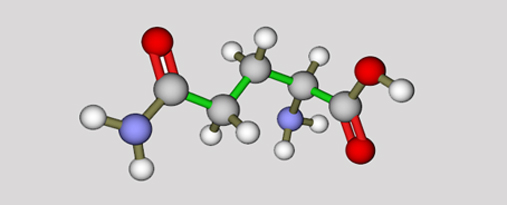Amino acids, and in particular glutamine, are involved in a variety of metabolic pathways. Glutamine is the most abundant amino acid in the serum and cerebrospinal fluid. It is a major carbon and nitrogen donor, and it contributes to the formation of other amino acids, nucleotides and the anti-oxidant GSH. In the brain, glutamine contributes to the formation of the primary excitatory and inhibitory neurotransmitters glutamate and GABA, respectively. Glutamine is also pivotal for pH regulation, urea formation and secretion of insulin.
We investigate molecular mechanisms involved in glutamine (and other amino acids) transport across cell membranes subsequent metabolism of glutamine in order to reveal its (patho-)functional roles in brain development and function (e.g. synaptic plasticity, epilepsy, dementia, hepatic encephalopathy and diabetes). We also investigate how glutamine transport and metabolism are regulated by extracellular and intracellular growth factors, amino acid levels and interacting proteins and their impact on cell structure and function.
About the Group
The group consists of medical doctors and neurobiologist with complementary expertise. We work on molecular mechanisms of glutamine transport and metabolism in vitro and in genetically modified mice. Using gained knowledge and our experience in the field we intervene clinically in patients with rare inborn metabolic diseases.
By understanding molecular mechanisms involved in the induction and development of neurological diseases, diabetes and hepatic encephalopathy we aim to reveal novel therapeutic targets.
